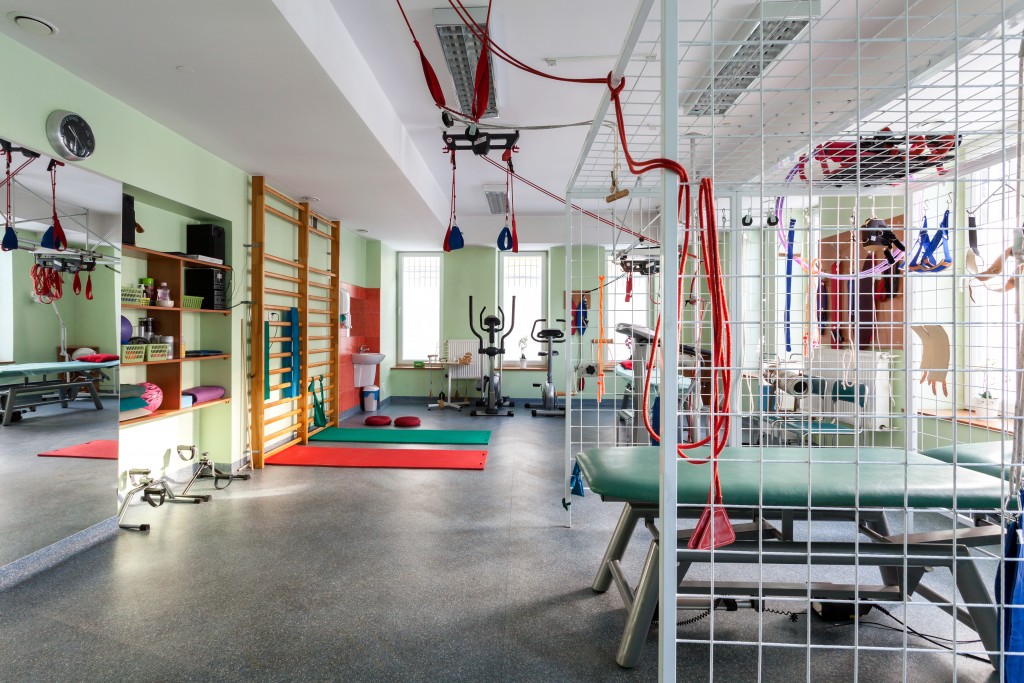Gym facilities opened up after months of lockdown during the later part of 2020. As 2021 arrives, more and more gym facilities and fitness centers are back to business, but with restrictions still observed due to COVID-19. It follows that owners of these establishments have to ensure their patrons’ health and safety by providing a safe place to work out.
It has been a constant problem for commercial gym owners to find the best possible solution to provide good indoor air quality to their establishment. Poor ventilation coupled with an increase in carbon dioxide level makes gyms perfect breeding grounds for bacteria and puts everyone’s health at risk.
In research published in 2014, it was found out that staphylococcus bacteria evade all pieces of exercise equipment from free weights down to treadmills. Boils, cellulitis, and toxic shock syndrome are just some diseases caused by this bacteria.
One strain of staphylococcus bacteria, S. aureus, is resistant to antibiotics causing over 11,000 deaths per year in the country alone. In another study, 38 percent of gym equipment is found to contain this deadly strain. And the reason why S. aureus and other bacteria thrive in the gym environment? It is because of the high saline environment.
However, most gym-goers and even gym owners do not really think about this alarming health concern. After all, most of us think it is typical for any gym facilities to smell like sweat and odor. Furthermore, we think that the usual routine cleaning of these gym facilities is good enough.
But with the outbreak of COVID-19, gym-goers are more worried than ever about the quality of indoor air in their go-to gym facility for fear of catching the virus. Plus, the convenience of home workouts realized by many could mean lesser people going to gyms.
Today, it has become imperative more than ever for gym owners to re-examine their establishments’ air quality. This is to retain or even increase the number of gym memberships and, most importantly, to ensure everyone’s health at the gym.
Good Quality Air Is Essential for Workouts
Gym facilities and fitness centers are places that people go when they want to improve their health or maintain their active lifestyle. With poor indoor air quality, gym-goers will be put off to continue working out at your gym. Gyms are supposed to be a healthy place — sanitized and with good ventilation.
Proper Ventilation
The International Building Code provides that moist air should not be allowed to recirculate in a building. They must be vented outside. Two factors affect ventilation — humidity and temperature. When working out at a gym, you want to stay relatively cool to enjoy a comfortable workout.
Consider installing exhaust fans in the general workout area. If possible, install wider and bigger windows to allow natural air to circulate inside. Apart from that, locker rooms should be provided with a good ventilation system as this area is prone to moisture brought about by sweat and showers.

Properly Designed HVAC System
A properly designed HVAC system is also another key to good indoor air quality at your gym. Though not all gym facilities have the luxury of being built from the ground up, HVAC experts can inspect your retrofitted gym for its air conditioning, heating, and ventilation. This ensures you can provide good air quality to your patrons.
And if you are planning on constructing your own commercial gym facility, opt to use low VOC materials such as corkboard, mineral wool, and cellular glass.
HVAC Maintenance
You do not stop with the right HVAC system design. Other than that, you need to have your HVAC system regularly inspected and maintained. Companies like NorthWest Engineering Service, Inc. could provide routine maintenance and system tune-ups, ensuring your system works at its optimum performance.
Effective & Safe Cleaning Method
Most gym facilities use chlorine bleach-based products when cleaning their equipment. Studies have found out that the gym indoor air reacts adversely with these products heavy-laden with strong chemicals. Gym facilities should use greener cleaning supplies instead to keep their establishment sanitized.
Another way of preventing the spread of bacteria in gyms is to provide hand soaps and sanitizers to customers and employees alike.
Poor ventilation could lead to infections as sweat, dirt, allergens, and bacteria float in the air, creating a concoction of poor quality indoor air. Nonetheless, above are solutions readily available to improve the air quality in your gym facility.

